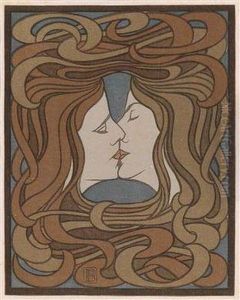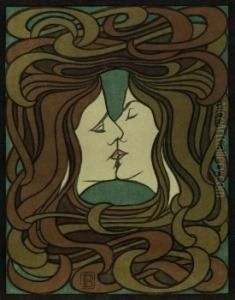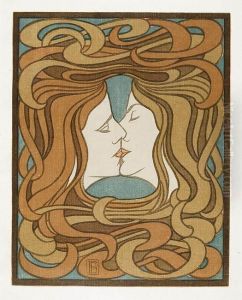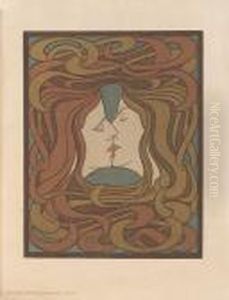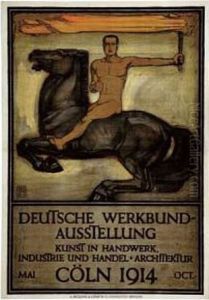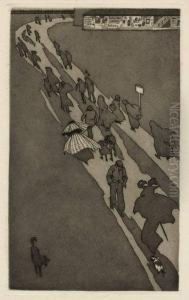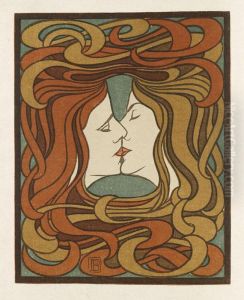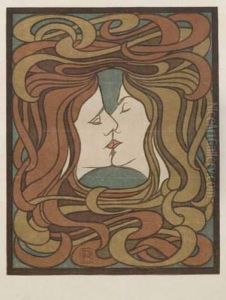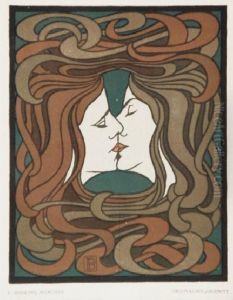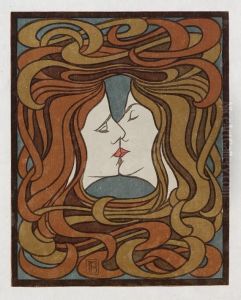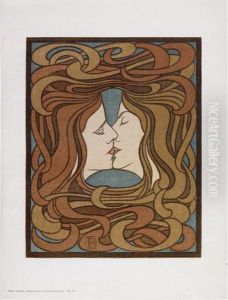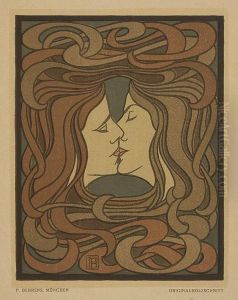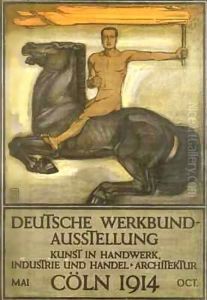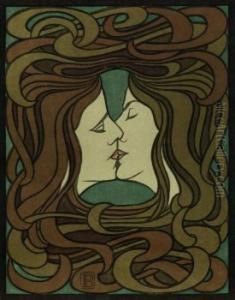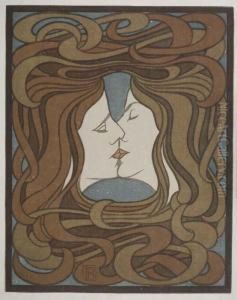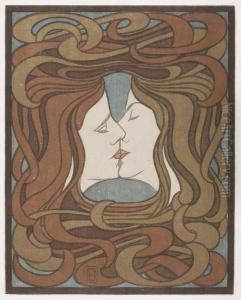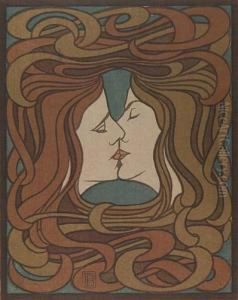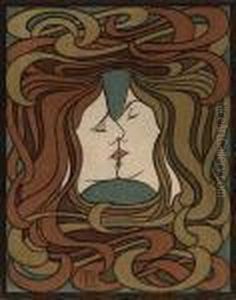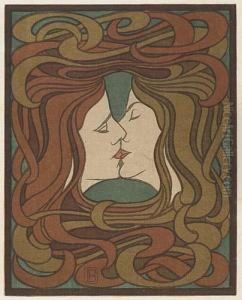Peter Behrens Paintings
Peter Behrens was a pivotal figure in the modernist movement, transcending boundaries as an architect, painter, designer, and typographer. Born on April 14, 1868, in Hamburg, Germany, his influence extended across various fields, contributing significantly to the development of modern architecture and design in the early 20th century. Behrens' career began in the arts, where he aligned with the Jugendstil movement, the German equivalent of Art Nouveau, through his early works in painting, graphic design, and bookbinding. His evolution from an artist to an architect and designer symbolized a broader shift towards functionalism and the integration of art with industrial design. In 1907, Behrens accepted an invitation to join AEG (Allgemeine Elektricitäts-Gesellschaft), a leading German electrical company, as their artistic consultant. This role marked a turning point in his career and in the history of design, as he sought to unify artistry with mass production. At AEG, Behrens was responsible for designing a vast range of products, from graphic advertisements to industrial buildings, most notably the AEG Turbine Factory (1909) in Berlin. This building is celebrated as a landmark in modern industrial architecture, embodying the principles of functionality and clarity of form. Behrens' influence also extended through his teaching. Among his protégés were some of the most prominent architects of the 20th century, including Ludwig Mies van der Rohe, Le Corbusier, and Walter Gropius. These disciples carried forward his principles, significantly shaping the course of modern architecture and design. Peter Behrens' legacy is that of a pioneer who bridged the gap between traditional craftsmanship and industrial production, laying foundational stones for the modernist movement. His holistic approach to design, encompassing everything from typography and graphic design to architecture and urban planning, has left an indelible mark on the visual and built environment of the modern world. Behrens passed away on February 27, 1940, in Berlin, but his influence continues to resonate in contemporary design and architecture.
